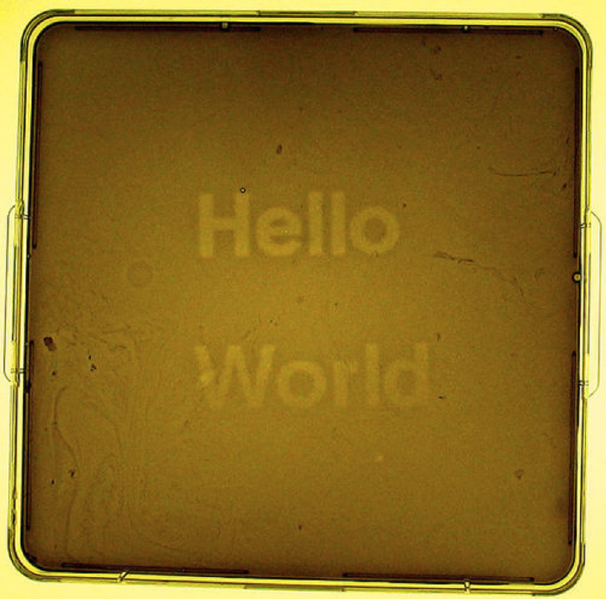
Indexical Design: Abstraction and Representation in Sensory Applications
With the rise of technologies that ‘black box’ the complexity of scientific knowledge, designers are in a position to strategize human-centered applications for situations that were previously beyond their reach, such as the living world. With the radical cross-disciplinarity that abstraction encourages, designers strategically utilize representations scientifically revered for their explanatory function — indices— alongside representations that designers are typically known for manipulating—symbols. In this thesis, I outline two important shifts in design — a shift in representational strategy that emphasizes sensory markers as evidence, as well as a shift in methodology, where designers use abstracted versions of systems from other fields and repurpose them for interrogative applications. In the gallery, I have visualized how recent design endeavors fit into the indexical design paradigm according to three main criteria: representational parsimony, explanatory function and transfer of agency.
Sector B: Art and Culture of SeeingAdvisors: Sharka Hyland (FNAR) | Orkan Telhan (FNAR)

 Visual Studies
Visual Studies